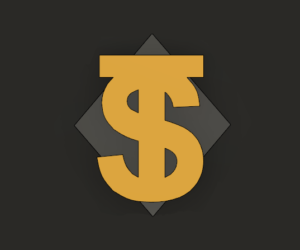Precious metals,
such as gold and silver, have been valued and coveted for centuries due to their scarcity and durability. Throughout history, precious metals have been used as a store of value and a hedge against economic instability. In times of economic crisis, people often turn to precious metals as a safe haven for their wealth, leading to an increase in their value.
One of the most notable examples of the value of precious metals during an economic collapse can be seen in the early 20th century when Germany experienced hyperinflation. In the aftermath of World War I, Germany was left with a crippling amount of debt and a weakened economy. The government responded by printing more money, leading to a rapid increase in the supply of currency and a dramatic decrease in its value. At the height of the crisis, a wheelbarrow full of German marks was not enough to purchase a loaf of bread.
In response, Germans turned to gold and silver, as they held their value despite the rapid devaluation of the currency. People would trade goods and services for precious metals, as they were more trustworthy and stable than the rapidly depreciating paper money. This shift in the economy led to a significant increase in the value of precious metals and solidified their role as a store of value during times of economic uncertainty.
Another example of the value of precious metals during an economic collapse can be seen in the case of Zimbabwe in the late 2000s. Zimbabwe’s economy was plagued by high levels of corruption, mismanagement, and political instability, leading to a sharp decline in the value of its currency. The government attempted to fix the issue by printing more money, but this only served to exacerbate the problem and further decrease the value of the currency.
As a result, many Zimbabweans turned to gold and silver as a store of value and a means of exchanging goods and services. The demand for precious metals skyrocketed, leading to a significant increase in their value. Despite the government’s attempts to control the market, the price of precious metals continued to rise, making them a critical component of Zimbabwe’s economy during a time of crisis.
There are many other examples throughout history where countries have printed too much currency, leading to its devaluation and a shift towards precious metals as a store of value. These examples illustrate the importance of precious metals during economic collapses and the role they play in preserving wealth and stability.
In conclusion, the value of precious metals during economic collapses can be seen as a reflection of the trust and stability they offer during times of uncertainty. When currency becomes devalued and unreliable, people turn to precious metals as a safe haven for their wealth, leading to an increase in their value. This relationship between precious metals and economic instability is a testament to their enduring value and importance in the global economy.
If you own silver or gold and are looking for a secure and stylish way to store your precious metals, consider checking out our store for wooden “Stack Boxes”. Our stack boxes are made from high-quality wood and designed to provide a safe and attractive storage solution for your precious metals. With multiple compartments for organizing your coins and bars, our stack boxes are the perfect way to keep your precious metals organized and protected. So why wait? Head over to our store today and see what we have in store for you!

